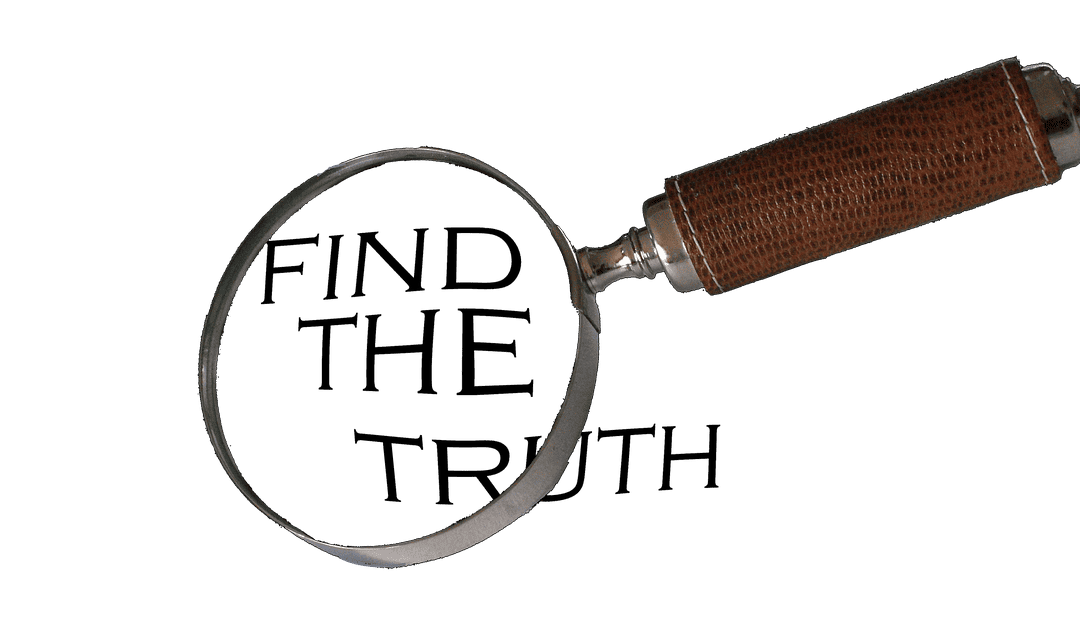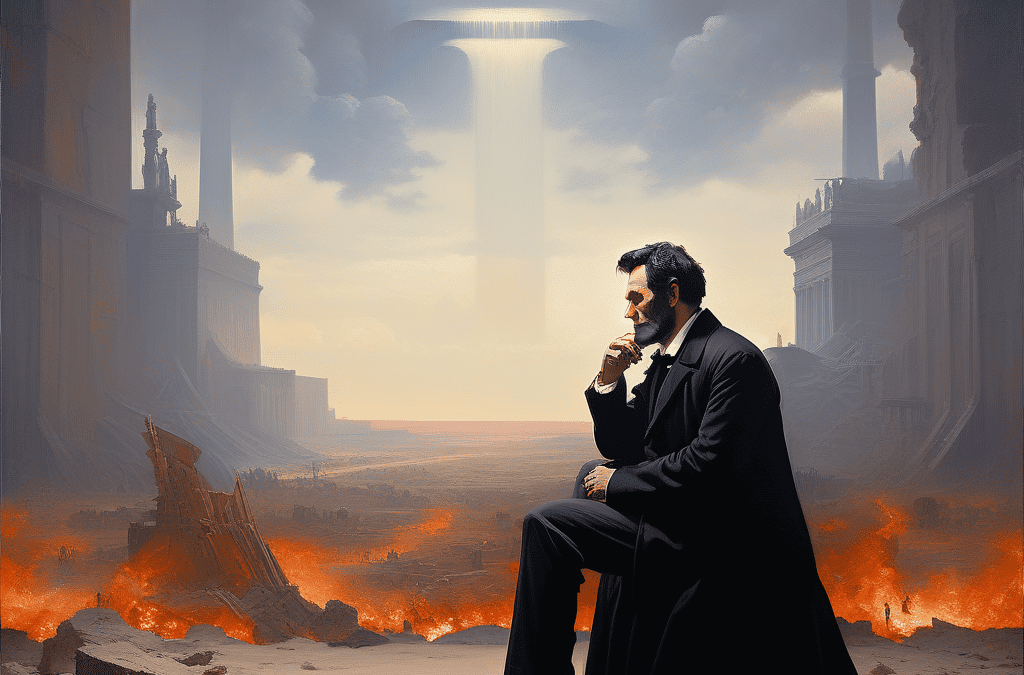
Assertion is not evidence
Assertation is not evidence
On May 11, 2017, the newly-elected U.S. President, Donald Trump, issued an executive order to form a Presidential Advisory Commission on Election Integrity. He appointed Vice-President Mike Pence as chair, and Kansas State’s Secretary of State Kris Kobach as vice-chair.
For some time, Kobach had “promoted the myth of voter fraud and supported laws that restricted people from voting.” Two other members were “notorious advocates for voter suppression.” At least one member was a Democrat, Maine’s Secretary of State Matthew Dunlap.
The reason the President established the commission was because election officials had certified that Hillary Clinton had won the popular vote, 65,853,514 votes to Trump’s 62,984,828 votes, although he won the electoral college, 304 votes to Clinton’s 227.
This rare event—when a candidate wins the electoral college vote but loses the popular vote—occurred four times before: in 1824, 1876, 1888, and 2000 when George W. Bush won.
Trump insisted that as many as “5 million votes were cast illegally in November 2016.”
A writer for the Brennan Center for Justice wrote the following:
“For years, exaggerated claims of fraud have been used to justify unwarranted restrictions on voting access. The president’s invented legions of illegal voters are the most extreme such claims in recent memory. His statements have been almost universally rejected.”
On January 3, 2018, six years ago today, President Trump disbanded the Commission. Its members had met twice.
An article dated January 3, 2018 that appears on National Public Radio’s website presents a list of comments from those involved or who observed the Commission’s work.
For example, White House press Secretary Sarah Huckabee Sanders read a statement, “Despite substantial evidence of voter fraud, many states have refused to provide the Commission with basic information relevant to its inquiry.” Yet, she provided no evidence.
Officials in certain states chose to ignore the Commission’s request for “detailed voter data, including names, addresses, birthdates, partial Social Security numbers, and party affiliation.”
Kentucky’s Secretary of State Alison Lundergan Grimes said, “I’m not going to risk sensitive information for 3.2 million Kentuckians getting in the wrong hands, into the public domain.”
Some states mired the Commission down by filing multiple lawsuits against it.
Maine’s Secretary of State Matthew Dunlap said, “My ability to participate in the work of the commission was completely shut off. I was walled off from any deliberations.”
He filed a lawsuit against the Commission demanding that it turn over documents to him. In August of 2018, he said that “drafts of a commission report included a section on evidence of voter fraud that was ‘glaringly empty.’ ‘It’s calling into the darkness, looking for voter fraud.’”
“In a statement, Senate Minority Leader Chuck Schumer, D-N.Y., said that the Commission, “was nothing more than a front to suppress the vote, perpetrate dangerous and baseless claims, and was ridiculed from one end of the country to the other.”
It is sad but true that the stage was set to “perpetrate dangerous and baseless claims” later.
On Tuesday, November 3, 2020, a majority of voters elected Joseph Biden President of the United States. He received 306 electoral votes and 81,283,501 popular votes to Donald Trump’s 232 electoral votes and 74,223,975 popular votes. Biden won, Trump lost, but not end of story.
Trump insisted the election was rigged. Two days later, he said, “If you count the legal votes, I easily win. If you count the illegal votes, they can try to steal the election from us. As everybody saw, we won by historic numbers. It’s a corrupt system.” None of that is true.
On January 6, 2021, 3 years ago this week, a mob of true believers stormed into the Capitol Building intent on halting Congress’s official duty to count and certify the electoral votes. Four people lost their lives that day. A sad day in our country’s life.




